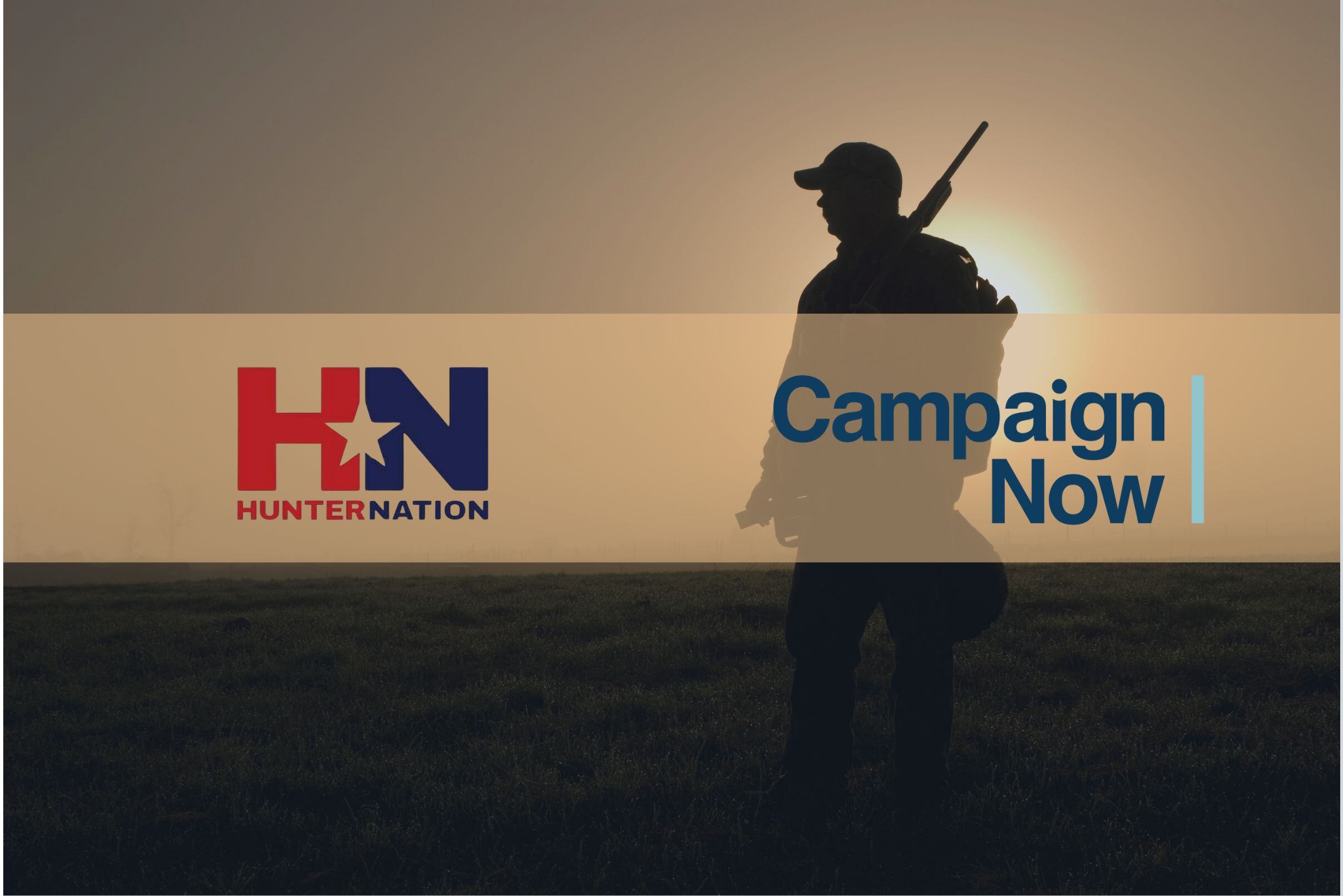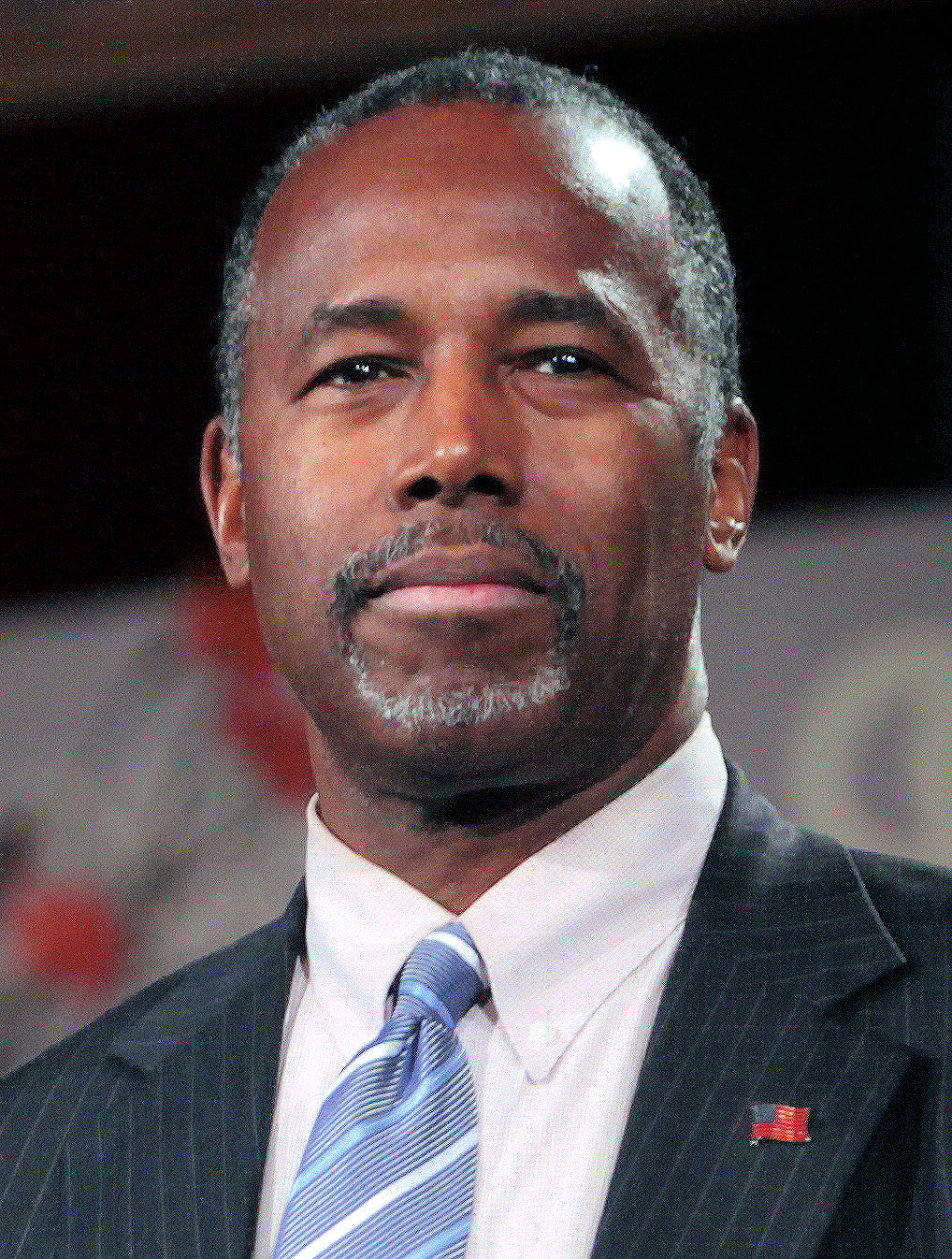Campaign Now works with quite a few nonprofit organizations on all aspects of their fundraising campaigns. We often work side-by-side to develop their annual fundraising plan, helping them achieve solid results through a concentrated, comprehensive approach that works.
So, what’s needed to create that customized fundraising plan? Here’s the information we look for as we begin.
Fundraising Goals for the Next Year and the Next Five Years
The first thing we talk about are the goals for next year and the following five years. These goals need to be achievable and written down. Lofty goals don’t cut it. They need to truly be achievable or everyone on your team dismisses them—before you even get started.
How You Plan to Accomplish Your Fundraising Goals
After setting the timeline, we need to explore how you’re planning to achieve your goals. Here we typically find a disconnect between the goals and the plans. In fact, we often find that there are no plans at all. Or we find that the plans have no realistic way of achieving the goals. That’s when we step back to the goals and set targets that can actually be hit.
Fundraising Budget
All too often we also find that fundraising plans focus on the revenue that will be generated but not on the expenses required to run the campaigns. Fundraising costs money. In fact, many times the revenue increases you’re able to achieve are offset substantially by the expenses involved. So we review the expense budget to make sure it matches reality so that we can better understand the net revenue that will be generated.
Timing Your Budget to Match Fundraising
Every organization has a seasonality to their year. That month-to-month variation typically shows considerable funds raised in December, during end-of-year tax considerations, but also shows limited funds raised during summer vacation time. Your budget timeline needs to take this into consideration through timing expenditures to match when the funds are available. Or, you’ll need to manage your funds to match those key costs. For example, it doesn’t work to plan a big direct mail push in October when you don’t have the funds to pay for it.
It’s all about leveraging your cash-rich or highest engagement periods to match your fundraising efforts. Fundraising is cyclical throughout the year so the intensity of when donors want to give is when you should be on the ball. For example, that might mean spending a day or two after Christmas and right before the new year to follow-up on annual gifts.
Existing Donor Gift Planning
Working with existing donors is going to be the most successful plan of action. You already have a relationship and you know they support your organization. So the focus should be on increasing the amount of their gift as well as the frequency of gifts. For example, move them from annual to monthly giving. This has the advantage of reaching out to people who are more receptive to your message, which also results in lower expenses.
If you have a solid relationship with your donors, you should be able to gauge and plan their gifts as well as the timing during the year. This requires detailed planning, steady communication, and some honest talk.
Renew Communication with Lapsed Donors
Next we’ll review the plans that are in place to reach out to lapsed donors, those who are essentially long lost cousins who should be receptive to your message and represent a valuable target market. You’ll need to develop a strategy to win back their gifts over time, which could be as simple as finding their new contact information.
Events Planning
Events increase donor engagement and raise visibility with new donors. We’ll work on adding events to your existing regular actions and plan them to limit costs to the organization. For example, you can plan events that are hosted by current donors. The current donors are visibly showing their support, funding most if not all of the costs of the event, and generating revenue. The focus should be on driving your overall events plan to the lowest cost possible to your organization.
Corporate Giving
We’ll also be looking for answers on your approach to corporate giving programs. What’s currently underway and what opportunities are still open? This will include matching gifts, fundraising matches, volunteer support grants, stipends, internal employee fundraising, and more. It’s critical that you leave no stone unturned among the full range of corporate programs.
Foundation Grants
As with corporate giving, there is a wide array of foundation grant programs, many of which might be a perfect match for your organization and your programs. We’ll review current grants and determine how best to find and pursue additional foundation grants.
Contingency Planning
This becomes a big question that is often left unasked—if you fall short in your fundraising, what will you do to cut costs and pursue other fundraising avenues? Fundraising challenges could include changes in your overall marketplace and your organization. It could also include considering the effects of an economic recession on your organization and planning what to do about it. We’ll examine your current contingency plan and take it to the next level.
Campaign Now Can Help
As you can tell, pulling together a comprehensive fundraising plan is a major effort. We can help. We bring years of experience and a broad range of expertise to developing fundraising plans and implementing every aspect. We know what works and what doesn’t work.
Give us a call and let's discuss how we can help.
Contact us at (855) 329-4327 or info@campaignnowonline.com





